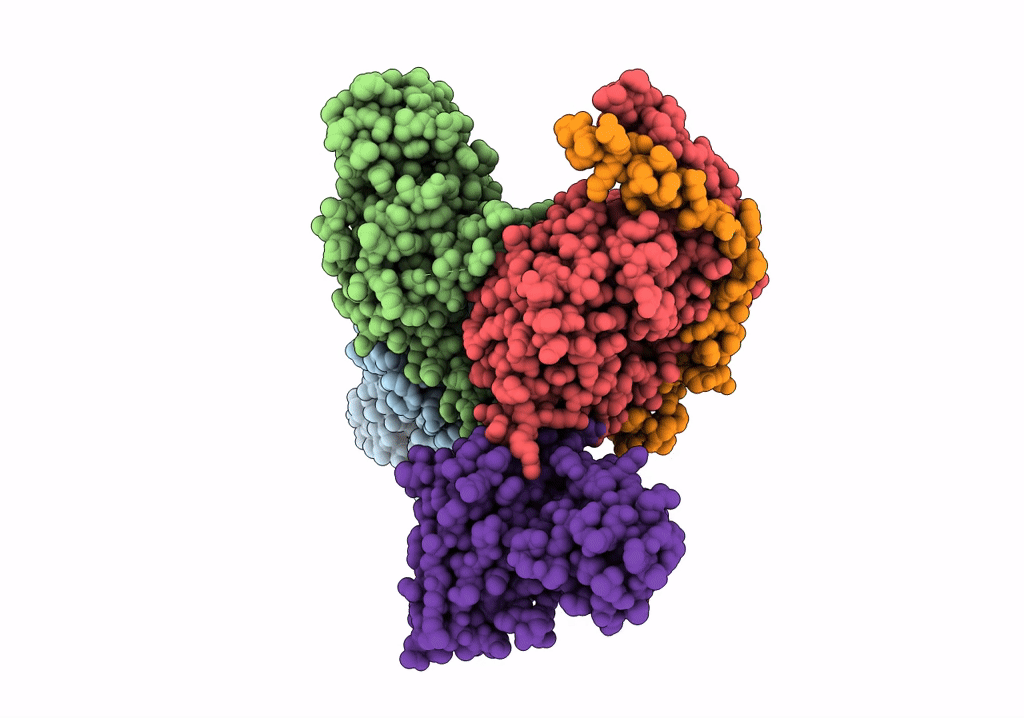
Deposition Date
2021-09-20
Release Date
2022-03-02
Last Version Date
2025-07-02
Entry Detail
Biological Source:
Source Organism:
Homo sapiens (Taxon ID: 9606)
Rattus norvegicus (Taxon ID: 10116)
Rattus norvegicus (Taxon ID: 10116)
Host Organism:
Method Details:
Experimental Method:
Resolution:
3.46 Å
Aggregation State:
2D ARRAY
Reconstruction Method:
SINGLE PARTICLE


